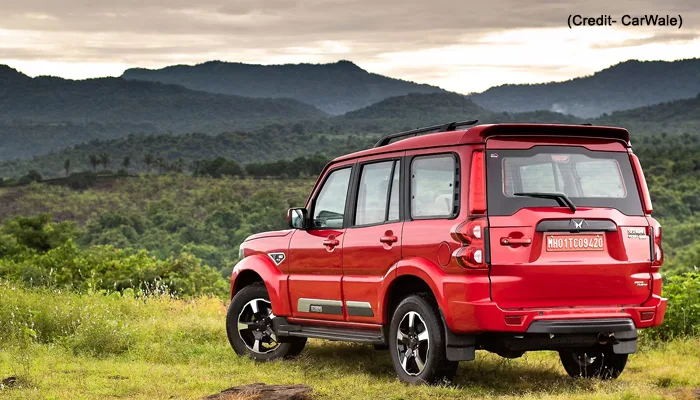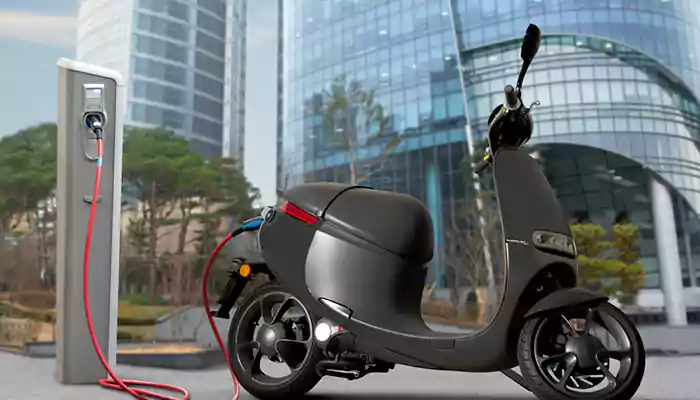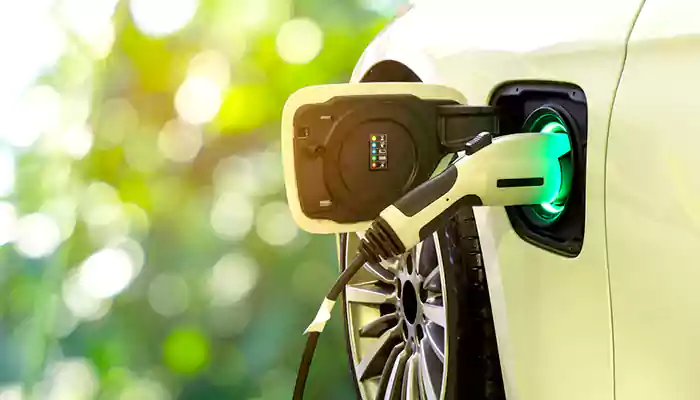Decoding the Future of Flying Taxis: 3 Things to Know as Archer Aviation's Electric Air Taxis Prepare to Transform India's Urban Mobility by 2026
- Admin
- 1 year ago
- 3 minutes read

Archer Aviation, a trailblazer in electric air taxis, now sets its sights on India. With its bustling streets and vibrant cities, India beckons as a prime market. Backed by industry giants like Stellantis and Boeing, Archer plans trials by next year, eyeing a commercial launch in 2026.
India's diverse terrain offers a fertile ground for innovation in urban mobility. Archer aims to reshape transportation, providing sustainable alternatives amidst congestion. As the world embraces greener solutions, Archer's venture into India promises to redefine how we move through our cities, blending efficiency with environmental consciousness.
Revolutionizing Urban Transportation: The Future of Flying Taxis
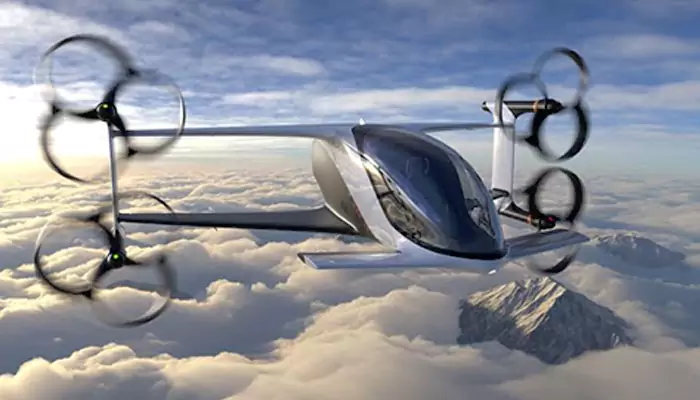
Electricity isn’t only revolutionizing vehicles on the road. Soon, it could power the flying taxi you summon for your morning commute. Today, technology is advancing specifically for aircraft designed to transport humans over urban environments, often without pilots. This emerging aviation sector, known as Urban Air Mobility (UAM), focuses on innovating within aerospace to realize on-demand, automated passenger transportation. Exciting progress is underway to make this futuristic vision a reality, reshaping how we navigate and commute within cities.
A Unique Motor will Power the First All-electric Vertical Take-off and Landing (eVTOL) Jet
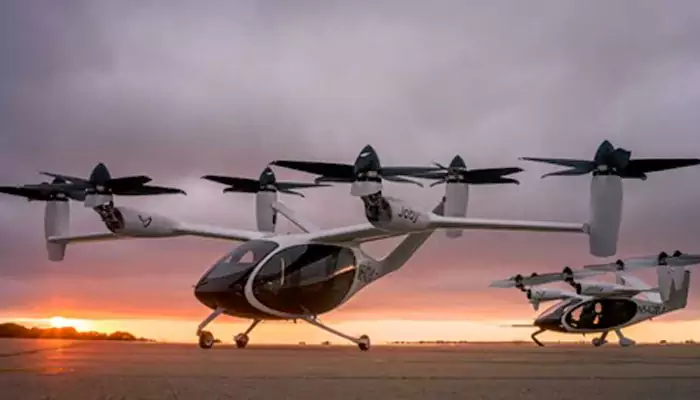
In a collaborative effort, engineers from our aerospace division have joined forces with DENSO, a leading mobility supplier, to craft an electric motor tailored for Lilium's eVTOL jet. This compact yet robust e-motor, weighing under 10 pounds (about 4 kilograms), boasts a single-stage rotor and stator, meticulously engineered to complement the jet's lightweight design. Its efficiency enables seamless take-offs, landings, and the transportation of passengers and cargo. This partnership signifies a leap towards sustainable aviation, harnessing innovation to propel us into a future where zero-emission electric propulsion drives the skies.
The Future of Flight is Electric
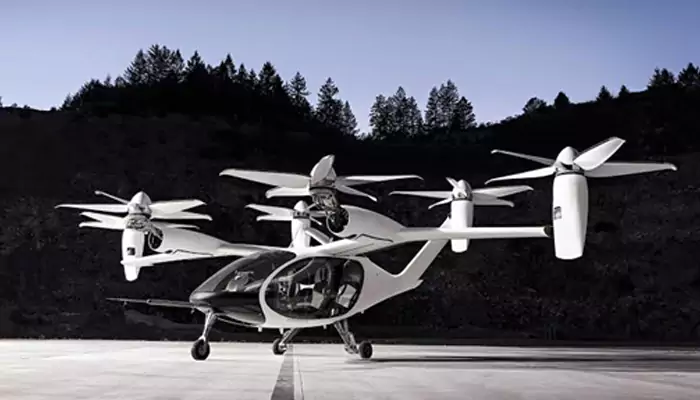
Innovations are reshaping the aviation industry, paving the way for a more sustainable future. Cutting-edge technologies are being harnessed to convert renewable feedstocks into aircraft fuel, reducing carbon emissions. The emergence of all-electric aircraft, such as the Lilium Jet, signifies a pivotal shift towards eco-friendly air travel, devoid of harmful greenhouse gas emissions like carbon dioxide.
Collaborative efforts between industry leaders like Honeywell and DENSO are driving progress in electric propulsion systems for aircraft. With a focus on tailored solutions for Urban Air Mobility (UAM) vehicles, these partnerships aim to revolutionize the way we power and propel aircraft. The integration of advanced propulsion and power generation solutions is poised to accelerate the adoption of electric and hybrid-electric aircraft, ushering in a new era of sustainable aviation.
The Engineers are Developing Solutions to Take UAM to the Next Level
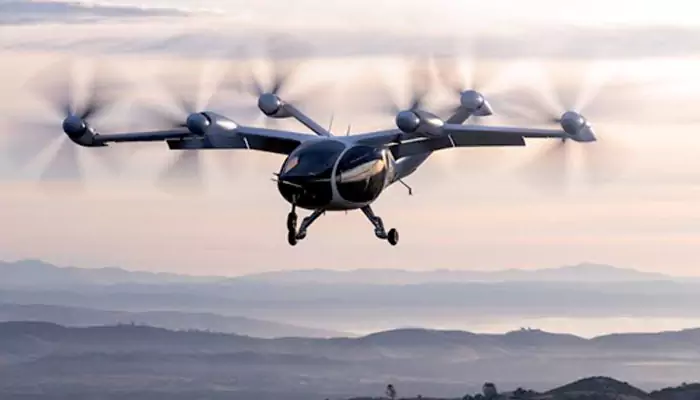
Engineers specialize in crafting aviation technologies customized for the unique demands of UAM aircraft. One such innovation is the fly-by-wire system, a compact control computer condensed into a unit about the size of a paperback book. This system is meticulously designed to meet the size and stability requirements of UAM aircraft.
The upcoming Lilium Jet and Vertical Aerospace’s eVTOL aircraft, the VA-X4, are set to utilize Honeywell Anthem, a cloud-connected avionics system adaptable to any aircraft. This technology represents a significant advancement in aviation, marrying cutting-edge engineering with seamless connectivity to enhance safety and efficiency in urban air mobility.
Additional technologies, such as satellite solutions tailored for UAM vehicles, will facilitate continuous connectivity for aircraft while airborne.
Furthermore, lightweight radar systems can play a crucial role in enhancing the safety of UAM vehicles by detecting and circumventing traffic, obstacles, and weather conditions at distances of up to 3 kilometers.







